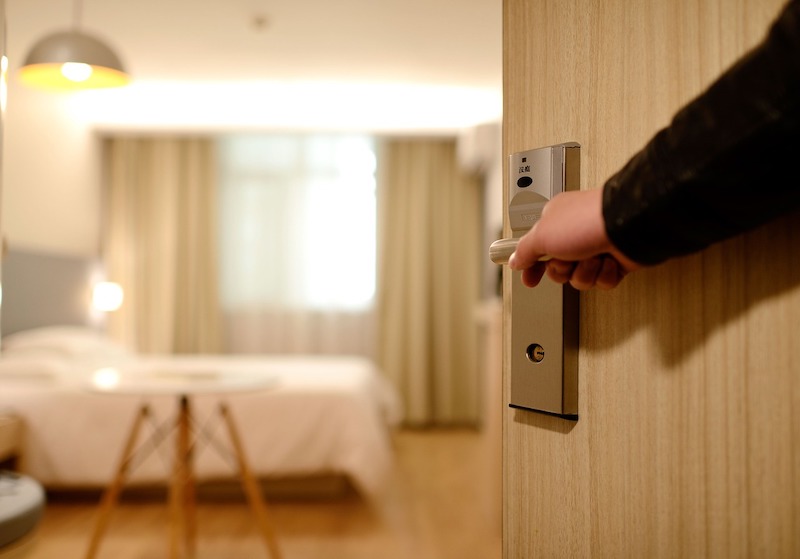In the most recent Lodging Econometrics (LE) Construction Pipeline Trend report on New York City, LE states that New York City has a total of 155 projects/26,605 rooms in the construction pipeline, one of the top three largest pipelines in the U.S. Of this total, hotels presently under construction are at 102 projects/17,504 rooms, projects scheduled to start construction in the next 12 months are at 23 projects/3,637 rooms, and those in early planning are at 30 projects/5,464 rooms.
The three market tracts with the largest hotel construction pipelines are: Midtown South, the area between 24th and 36th Streets, with 33 projects/7,620 rooms; the greater New York City Area, which includes Brooklyn, the Bronx, and Staten Island, with 28 projects/2,436 rooms; and the East River area, which includes Queens and Brooklyn West, with 27 projects/4,499 rooms. These three important market tracts combined account for 55% of the rooms in New York City’s total construction pipeline.
The market tracts with the most projects presently under construction are Midtown South with 25 projects/6,012; the East River area with 18 projects/2,925 rooms; and JFK/Jamaica, which includes the area of Queens from the Grand Central Parkway south, the JFK Airport area and Jamaica, with 15 projects/2,055 rooms.
LE’s forecast for new hotel openings predicts that New York City will lead the nation for new hotel openings in 2019 with 41 projects/6,809 rooms. In 2020, New York is again forecast to top the list of new hotel openings with 61 projects/8,283.
Related Stories
| Sep 8, 2011
Pilot ISO 50001 Implementations Report Big Energy Savings
The International Organization for Standardization (ISO) recently published ISO 50001 to provide a recognized framework for integrating energy performance into management practices.
| Sep 8, 2011
USGBC Revises Energy Demand Response Credit
Originally launched in 2010, the revised and enhanced Demand Response Pilot Credit establishes guidelines that are anticipated to increase participation in automated energy demand response programs.
| Sep 8, 2011
Water Safety in Buildings Guide Published by World Health Organization (WHO)
This WHO book provides guidance for managing water supplies in buildings where people may drink water, use water for food preparation, wash, shower, swim or use water for other recreational activities or be exposed to aerosols produced by water-using devices, such as cooling towers.
| Sep 7, 2011
NFPA Fire & Life Safety Conference in December
Presentations on recent Fire Protection Research Foundation projects, how September 11th and the Triangle Shirtwaist Factory fire affected high rise design, and a panel discussion on emerging code issues will be featured at the National Fire Protection Association (NFPA)’s Fire & Life Safety Conference on December 12-14 in Orlando, FL.The meeting will include more than 60 educational sessions in which participants can earn continuing education units (CEUs). Presentations will be led by NFPA staff experts and technical committee members, and will be organized in four tracks – building and life safety, detection and alarm, fire suppression, and codes and standards. For more information, visit www.nfpa.org/FLSCONF.
| Sep 1, 2011
Project Aims to Automate Code Compliance Assessment
FIATECH, a consortium of owners from the industrial, power, and retail markets that build large structures, launched a project this year to validate the use of automation technology for code compliance assessment, and to accelerate the regulatory approval process using building models. Long-term objectives include the development of an extensive, open-source rule set library that is approved by industry and regulatory bodies for use by technology developers and code officials.
| Sep 1, 2011
EPA Says Additional Lead Paint Cleaning Rules Not Necessary
The EPA has concluded that current Lead: Renovation, Repair, and Painting Program (LRRP) cleaning requirements and lead-safe work regulations are sufficient to protect the public from lead dust hazards. “Our members have been instrumental in contacting legislators to detail the detrimental impact of the current LRRP," says Richard Walker, American Architectural Manufacturers Association’s president and CEO. “This collective industry voice has prompted the EPA to make the responsible decision to refrain from adding further, unnecessary costs to homeowners under the current economic climate."http://www.aamanet.org/news/1/10/0/all/603/aama-commends-its-members-congress-for-vacating-lrrp-clearance-rule
| Aug 11, 2010
Best AEC Firms of 2011/12
Later this year, we will launch Best AEC Firms 2012. We’re looking for firms that create truly positive workplaces for their AEC professionals and support staff. Keep an eye on this page for entry information. +







